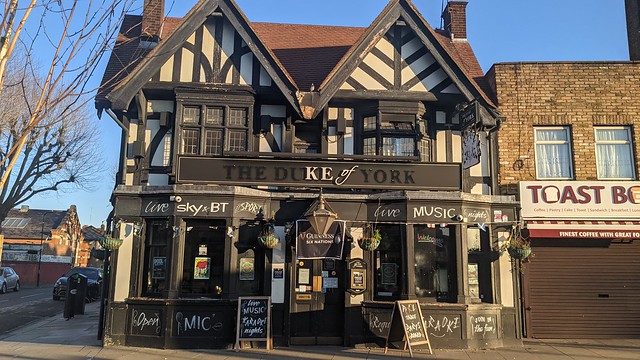I try and mix my reading between fact and fiction. Much like my life really. Two books I've recently enjoyed,
Ground Control by
Anna Minton and
The Man of the Crowd by
Edgar Allan Poe, have given me some great insight into my street photography.
I've always been conscious, and used to my advantage, the aversion of most people on the street to actively looking around. This self absorption is a natural defence mechanism to unwanted eye contact. However the act of looking can be interpreted as an act of social responsibility. Drawing on
Jane Jacobs's portrait of New York neighbourhoods of the fifties, their rhythms of daily life observed by a cast of characters from a
Helen Levitt street scene, Minton contrasts that particular form of
natural surveillance, mutually acknowledged by strangers for the common good,
with our modern experience.
Granted it's a jump, perhaps not so great, to the anonymous, unsyncopated churn of London's west end of today but what struck me was her description of this activity as the "eyes on the street". Who now occupies this role? Who is sensitive to the hour of the day, to the random acts of strangers?
This notion of eyes on the street, of a self-anointed guardian angel, sprang to life when I then read Poe's short story. In
The Man of the Crowd I'm dragged through the streets of Victorian London in pursuit of an anonymous figure, an odd man out, a consequence of the author's surreptitious survey of the passing scene.
The wild effects of the light enchained me to an examination of individual faces; and although the rapidity with which the world of light flitted before the window prevented me from casting more than a glance upon each visage, still it seemed that, in my then peculiar mental state, I could frequently read, even in that brief interval of a glance, the history of long years.







